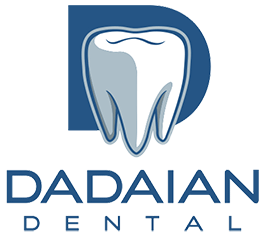Exam & Cleaning
The initial and recall exams are the backbone of maintaining good oral health. During your exam, a variety of procedures are performed which include a detailed medical history, looking for cavities, defects in current restorations, periodontal (gum) health, developmental issues, oral cancer, grinding/clenching habits and more.
When a diagnosis is needed to be made digital radiographs (x-rays) are also taken to help confirm a diagnosis. We do not believe in indiscriminately taking radiographs and our practice model follows that as outlined by the ADA.
For many patients a regular cleaning (adult prophylaxis) is sufficient to get rid of plaque and tartar build up. We stress 6 month intervals for most patients, but often-times more frequent visits are needed for those with advanced stages of gum disease.







